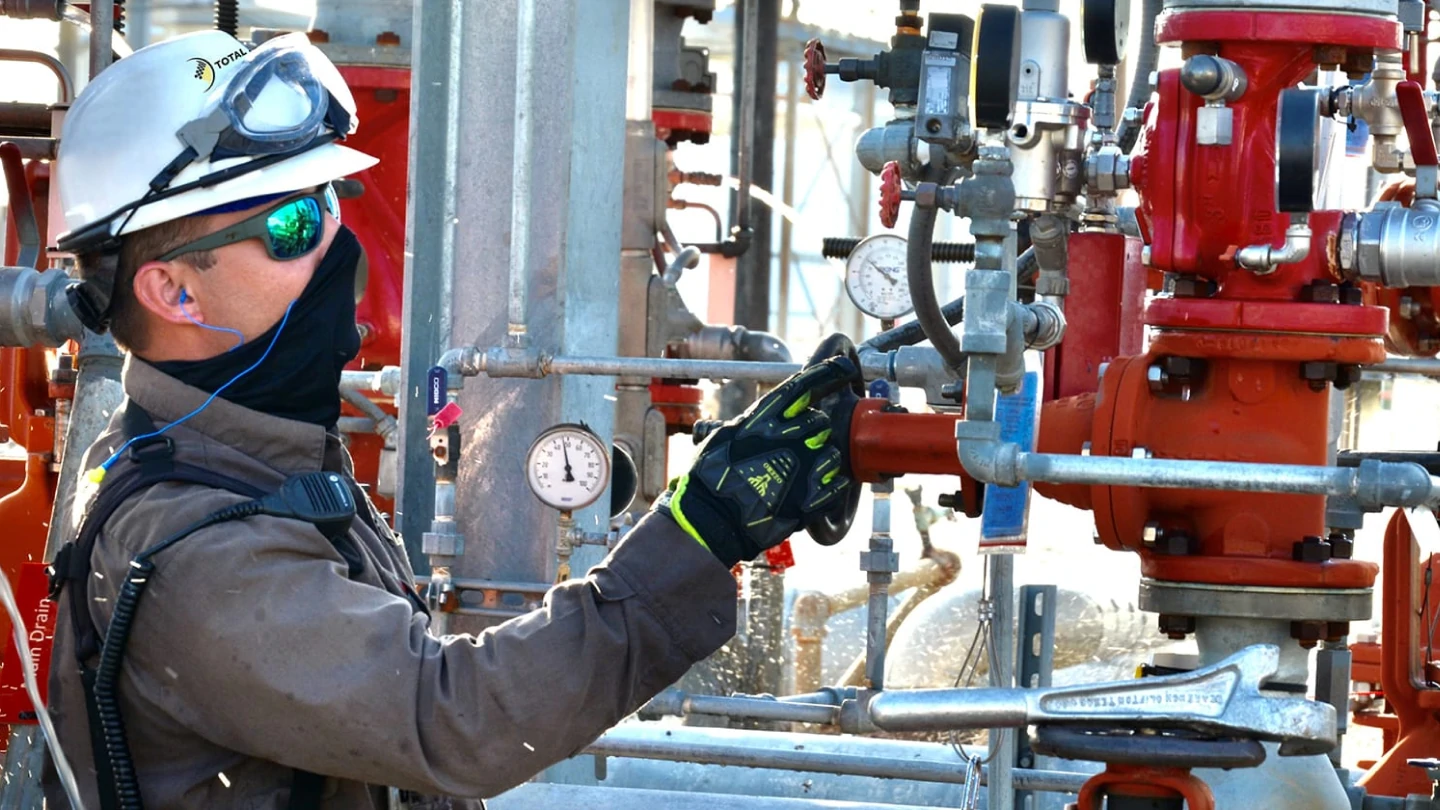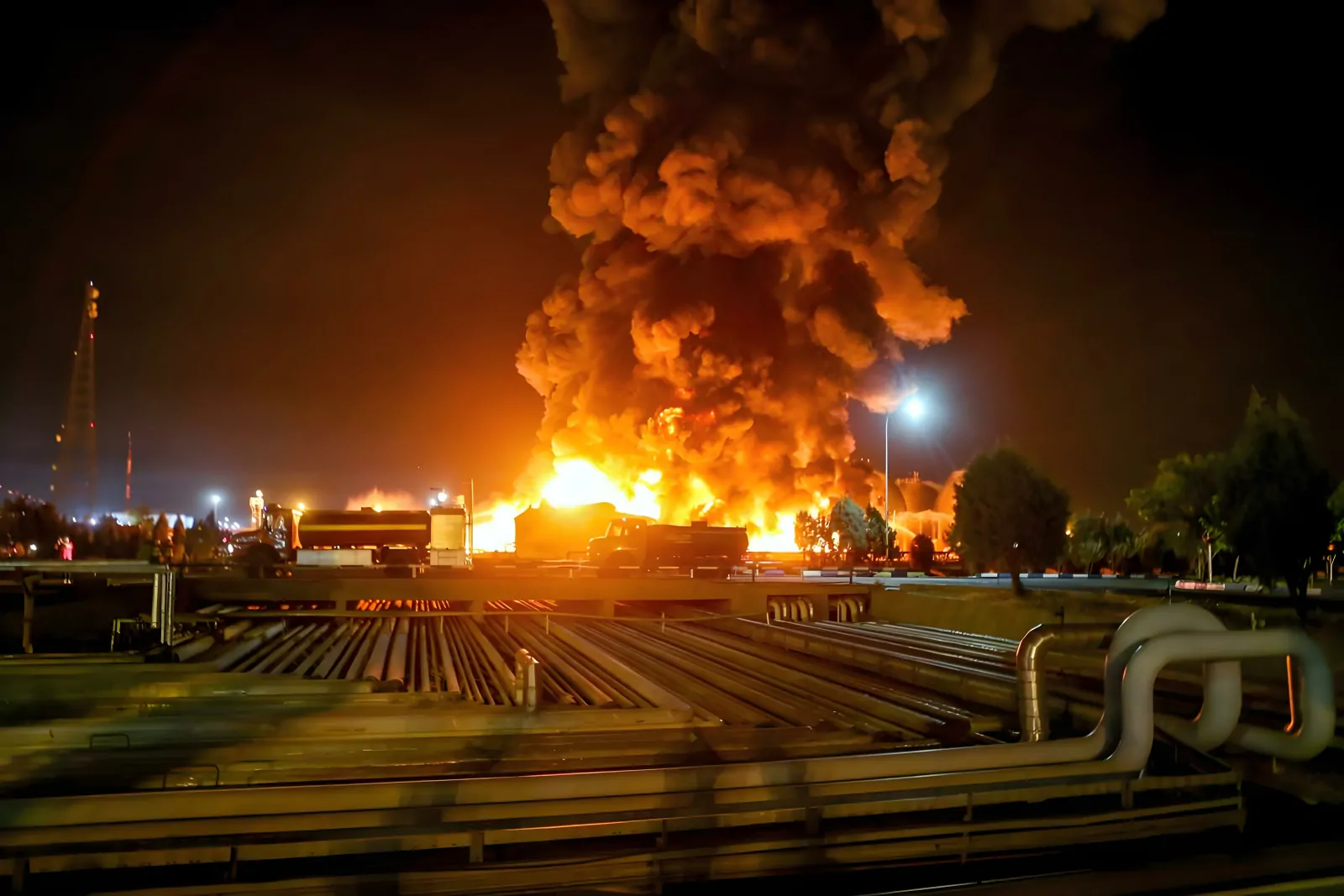Home » Industrial Fire
industrial fire

Industrial fires occur in large-scale commercial or manufacturing facilities, such as factories, warehouses, and industrial facilities. These industrial fires are highly dangerous and can cause significant financial and operational losses. Given the complexity of industrial settings and the presence of high-risk materials and machinery, the consequences of a fire in such environments can be catastrophic. It’s crucial that industries implement advanced industrial fire protection systems that can quickly detect and suppress fires to protect employees, equipment, and property.
To ensure the safety of workers and minimize the risk of damage, industrial fire and safety measures should be a top priority for every industrial facility. Fires in high-risk areas require specialized equipment and protocols to address unique challenges, including special hazards present in certain zones. The adoption of effective industrial fire protection solutions is essential for safeguarding the entire facility.
In summary, industrial fire and industrial fire and safety plans should cover a broad range of potential risks, ensuring all high-risk areas are equipped with the necessary fire suppression systems. These proactive measures not only protect human lives but also preserve valuable assets in industrial facilities.
What is the Main Cause of Industrial Fires?

Industrial fires can be caused by a variety of factors, and their causes often differ depending on the industry. The most common causes include:
Electrical Failures: Electrical malfunctions, such as faulty wiring, overloading circuits, or malfunctioning equipment, are responsible for up to 25% of industrial fires. Electrical fires are particularly dangerous as they can ignite without warning and spread rapidly. To combat such risks, industrial fire services are essential to ensure a quick response and proper handling of electrical hazards.
Flammable Materials: Industrial facilities that store or handle flammable liquids, gases, or chemicals are at higher risk. Improper storage, lack of proper ventilation, or equipment failure can result in a fire. Installing advanced industrial fire suppression systems is a key safety measure in preventing such incidents in areas where flammable materials are present.
Human Error: Mistakes made during operation, such as neglecting safety protocols, improper handling of machinery, or failure to maintain equipment, are a significant cause of fires in the industrial sector. Fire safety measures, including staff training and the proper placement of a fire extinguisher, are essential to minimize human error in the event of a fire.
Combustible Dust: In industries like food processing, wood manufacturing, and metalworking, combustible dust can create an explosive fire hazard if not properly controlled. According to the U.S. Chemical Safety and Hazard Investigation Board (CSB), combustible dust is responsible for numerous deadly industrial explosions. Implementing a reliable industrial fire sprinkler system helps to suppress fires caused by combustible dust effectively.
Heat or Sparks: Heat-producing machinery, welding, or grinding operations can spark fires, especially when surrounded by flammable materials. In these high-risk areas, a robust industrial fire suppression system is crucial to immediately detect and suppress any sparks that might ignite fires. Emergency responses from fire service and emergency services are vital to controlling such risks before they escalate.
What is the Most Common Type of Industrial Fire?
The most common type of industrial fire is electrical fires, which are often difficult to detect and contain without the proper fire suppression systems. Electrical fires can start without warning due to faulty equipment or wiring, and they can spread quickly if not addressed immediately. The presence of flammable liquids, combustible dust, and chemical reactions in certain industries also presents a significant risk, with fire hazards especially prevalent in chemical plants, refineries, and manufacturing facilities that deal with volatile materials.
For instance, electrical equipment fires account for approximately 25-30% of all industrial fires in the U.S. Combustible dust explosions are also a common concern in industries such as food processing, grain storage, and paper production, where dust particles accumulate and, if ignited, can lead to devastating fires.
What is the Most Common Type of Industrial Fire?

Due to the large scale and unique risks of industrial environments, traditional fire suppression methods may not be sufficient. Advanced, industry-compliant industrial fire protection systems are essential for fast detection and effective fire containment.
FM200 Fire Suppression System
The FM200 Fire Suppression System is one of the most widely used solutions in industrial settings, particularly in areas with electrical equipment, data centers, and sensitive machinery. This system is designed to suppress fires by reducing the oxygen level in the affected area to below 15%, which is below the combustion threshold. Upon detection of a fire, the FM200 system activates within 10-15 seconds, releasing a clean agent that rapidly cools the surrounding air, stops the fire’s progression, and prevents further damage. This system is ideal for environments where sensitive equipment, such as electronics and machinery, must be protected. FM200 is non-toxic, has a Global Warming Potential (GWP) of 0, and leaves no residue, making it environmentally friendly and safe for use in environments where traditional water-based suppression could cause damage. With its fast activation time, FM200 is critical in preventing fires from escalating in places where quick suppression is necessary.
Aerosol Fire Suppression Systems
In industries where flammable liquids, chemicals, or gases are present, Aerosol Fire Suppression Systems are often the preferred choice. These fire suppression systems release a fine mist of aerosol particles that suppress the fire by absorbing heat and reducing the oxygen level in the affected area. The aerosol system can be activated within 10 seconds of detection, making it highly effective in fast-response situations. Its versatility allows it to be used in various environments, including manufacturing plants, chemical processing areas, and warehouses that store flammable materials. One of the main advantages of aerosol systems is their ability to suppress fires in confined spaces and high-risk areas without the need for extensive water usage, which is particularly beneficial in preventing damage to the surrounding infrastructure and stored materials. Aerosol systems are also well-suited for environments where the use of traditional suppression methods could be less efficient or cause collateral damage, such as in facilities dealing with volatile substances.
Industrial Fire Sprinkler Systems
For large open spaces or areas where high heat and significant fire risks are present, industrial fire sprinkler systems are a highly effective solution. Unlike traditional sprinkler systems, water mist systems use fine sprays of water that cool down the fire and suppress flames while using far less water. This makes them ideal for applications in manufacturing floors, large storage facilities, and industrial kitchens where fire suppression is crucial without causing extensive water damage. The water mist system activates within 15-30 seconds, rapidly cooling the temperature and suppressing the fire. Its efficiency is especially evident in large spaces, where reducing the fire’s intensity with minimal water consumption is essential to prevent flooding or excessive damage to products and machinery.
In environments where valuable electronics or machinery need to be safeguarded, clean agent systems, such as Novec 1230, offer an optimal solution. These systems are designed to suppress fire without causing harm to sensitive equipment. Novec 1230 works by reducing the heat in the affected area and lowering the oxygen concentration, effectively extinguishing the fire. Activated within 10-15 seconds, the system quickly neutralizes the fire without leaving residue or causing corrosion. Novec 1230 is particularly valuable in industries that rely on precision machinery or computer systems, such as data centers, telecommunication rooms, and control facilities. It is non-toxic, has a zero ozone depletion potential (ODP), and a low global warming potential (GWP), making it a safe and environmentally responsible choice for fire protection systems in sensitive environments.
Each of these fire protection solutions offers unique benefits tailored to specific industrial environments. By selecting the appropriate system based on the specific risks of the facility, businesses can effectively reduce the likelihood of a fire causing catastrophic damage, protect vital equipment, and ensure the safety of their employees.
Get In Touch With Us
Not sure which fire suppression system is right for you? Contact us for a free assessment!
Our customer support service is the best in the industry, with a 100% customer satisfaction rating.
- Free Quote.
- One-Stop Service.
- 100% Satisfaction guarantee.
- Quality Certification.
- Free installation quotation.
- Free maintenance quotation.
- Free design of customized systems.
- Free remote services.
And more!!!
